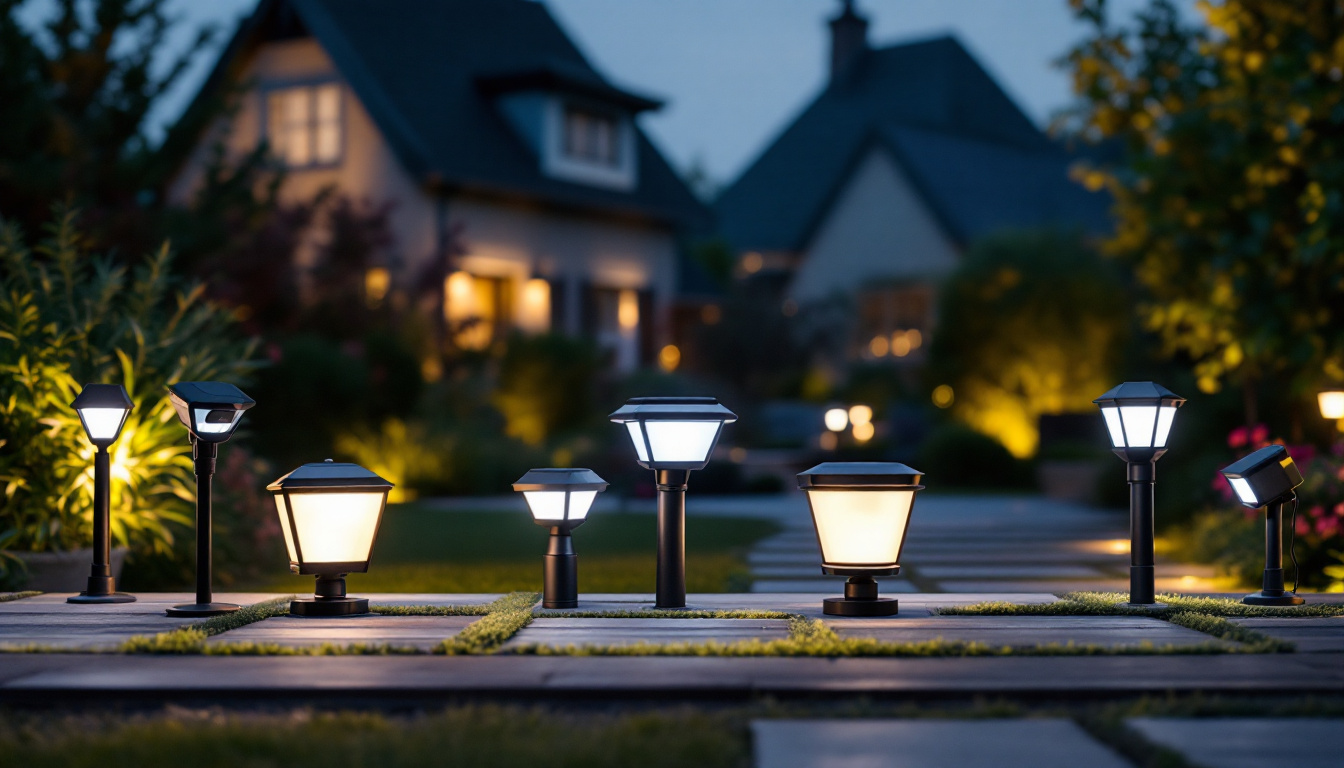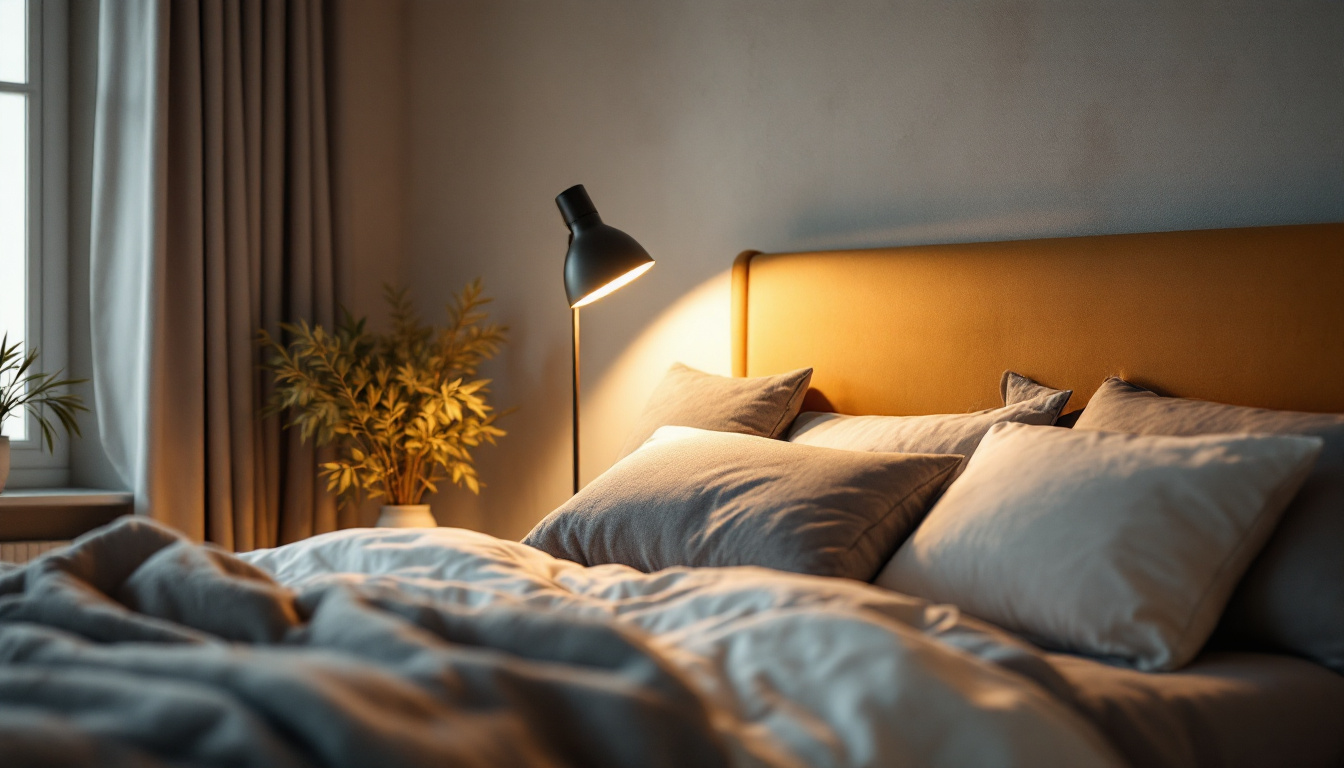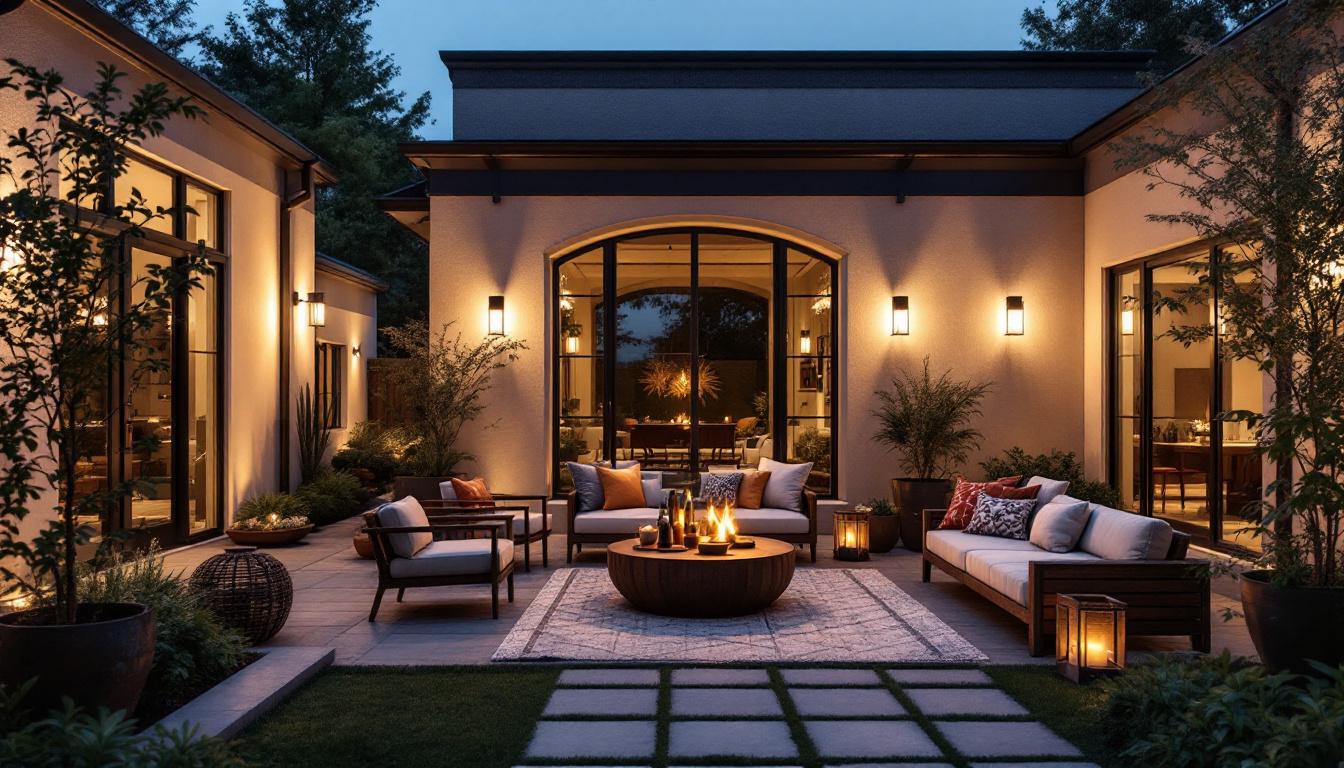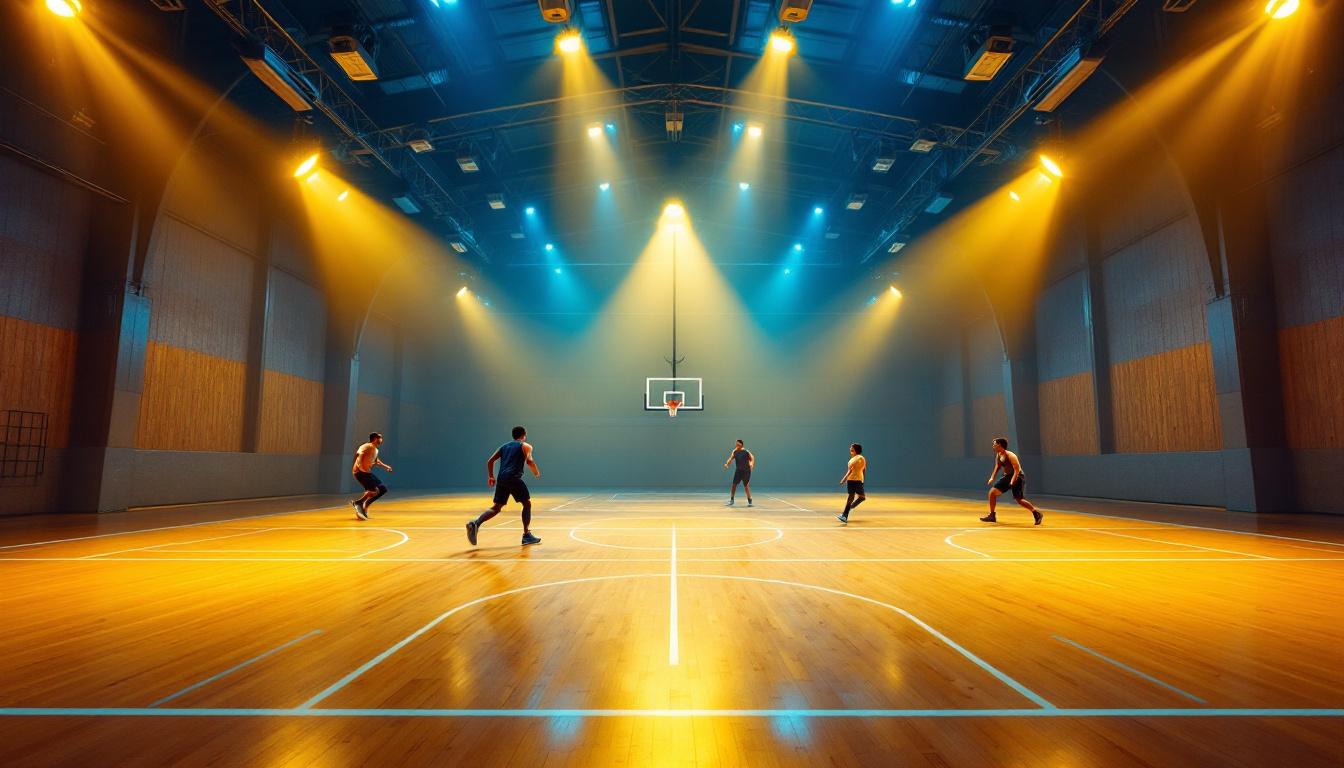
Outdoor motion sensor lights have become an integral part of modern lighting solutions, offering both security and convenience. For lighting professionals, understanding the nuances of these fixtures is crucial for successful installations and satisfied clients. This article provides a comprehensive checklist that covers essential aspects of outdoor motion sensor lights, ensuring that every installation meets the highest standards of quality and functionality.
Before diving into the checklist, it is important for lighting professionals to grasp the fundamental technology behind motion sensors. Motion sensors detect movement within a designated area and activate the light accordingly. This technology can vary significantly, impacting the performance and suitability of different models for specific applications. The underlying principles of motion detection have evolved over the years, leading to advancements that enhance both efficiency and reliability in various settings. As smart technology continues to integrate into our daily lives, understanding these systems becomes crucial for optimizing energy use and ensuring safety.
There are primarily two types of motion sensors used in outdoor lighting: passive infrared (PIR) sensors and microwave sensors. PIR sensors detect changes in infrared radiation, typically emitted by warm bodies. They are energy efficient and ideal for detecting human movement within a certain range. These sensors are commonly used in residential settings, where they can provide a cost-effective solution for outdoor security lighting, ensuring that lights only activate when someone approaches, thus conserving energy when not in use.
Microwave sensors, on the other hand, emit microwave pulses and detect motion by measuring the changes in frequency of the reflected waves. These sensors can cover a larger area and are less prone to false alarms caused by environmental factors, such as wind or small animals. Their ability to penetrate through obstacles like foliage or walls makes them particularly advantageous in commercial and industrial applications, where comprehensive coverage is essential. Furthermore, the versatility of microwave sensors allows for integration with smart home systems, enabling remote monitoring and control.
Understanding the detection range and sensitivity of motion sensors is critical for effective installation. The range typically varies from 20 to 100 feet, depending on the sensor type and model. It is essential to choose a sensor with a range that suits the specific outdoor environment and intended use. For instance, in expansive outdoor areas such as parking lots or large gardens, a sensor with a longer detection range would be more appropriate to ensure comprehensive coverage and security.
Additionally, sensitivity settings allow professionals to adjust how easily the sensor detects movement. This can be particularly useful in areas with frequent foot traffic or wildlife, ensuring that lights activate only when necessary. Some advanced models come equipped with dual technology, combining both PIR and microwave sensing to enhance detection accuracy. This dual approach minimizes the chances of false triggers while maximizing responsiveness, making them ideal for environments where both human and animal movement is common. By fine-tuning these settings, lighting professionals can create a tailored lighting solution that meets the unique demands of each installation site.
When selecting outdoor motion sensor lights, several key features should be considered to ensure optimal performance and client satisfaction. These features not only enhance functionality but also contribute to the longevity and reliability of the lighting system.
The brightness of outdoor motion sensor lights is measured in lumens. A higher lumen output is essential for security purposes, while lower outputs may suffice for decorative lighting. Generally, a range of 800 to 1,600 lumens is recommended for outdoor applications, depending on the area being illuminated.
Color temperature, measured in Kelvin (K), also plays a significant role in the aesthetic and functionality of outdoor lighting. Warmer temperatures (2700K-3000K) create a welcoming atmosphere, while cooler temperatures (4000K-5000K) are often preferred for security lighting, as they enhance visibility and detail. The choice of color temperature can also affect how colors are perceived in the illuminated area, making it an important consideration for outdoor spaces where landscaping or architectural features are highlighted.
outdoor lighting fixtures must withstand various weather conditions, including rain, snow, and extreme temperatures. Look for lights with a high Ingress Protection (IP) rating, ideally IP65 or higher, to ensure they are dust-tight and protected against water jets. Additionally, materials such as aluminum or high-quality plastic can enhance durability and resistance to corrosion.
In addition to weather resistance, consider the impact of UV exposure on the longevity of your outdoor lights. UV-resistant coatings can prevent fading and degradation, ensuring that your fixtures maintain their appearance over time. Furthermore, features like tempered glass lenses can provide additional protection against impacts and scratches, making them ideal for high-traffic areas or locations prone to debris. Investing in robust construction not only enhances the lifespan of the lights but also minimizes maintenance costs and the need for frequent replacements.
Proper installation is critical for the effectiveness of outdoor motion sensor lights. Lighting professionals must pay attention to various factors to ensure optimal performance and safety.
Placement of motion sensor lights significantly impacts their effectiveness. Ideally, lights should be installed at a height of 8 to 10 feet to maximize detection range while minimizing the risk of tampering. Positioning the lights at strategic points, such as entryways, driveways, and dark corners, can enhance security. Additionally, consider the surrounding landscape; trees, shrubs, and other structures can obstruct the sensor’s view, reducing its effectiveness. By ensuring that the lights are unobstructed, you can create a well-lit perimeter that deters potential intruders.
It is also important to consider the angle of the sensor. Most motion sensors have a specific field of view, typically between 90 to 180 degrees. Adjusting the angle to cover the desired area while avoiding obstructions will help ensure that the lights activate as intended. Furthermore, testing the sensor’s responsiveness during installation can help fine-tune its placement. Walk through the detection zone to confirm that the lights activate at appropriate distances, ensuring that they will function effectively when needed.
Outdoor motion sensor lights can be hardwired or powered by batteries. Hardwired options provide a more permanent solution and are often more reliable, while battery-operated lights offer flexibility in placement. When hardwiring, ensure that all connections are waterproof and comply with local electrical codes. It is also advisable to use outdoor-rated wiring to withstand environmental factors such as moisture and temperature fluctuations, which can affect performance over time.
For battery-operated models, consider the battery life and ease of replacement. Some advanced models come with solar panels, providing an eco-friendly alternative that can reduce operational costs. Solar-powered lights harness sunlight during the day to charge their batteries, making them an excellent option for areas without easy access to electrical outlets. However, it’s crucial to install these lights in locations that receive adequate sunlight throughout the day to ensure they function optimally at night. Additionally, monitoring the battery levels and cleaning the solar panels regularly can help maintain their efficiency and prolong their lifespan.
After installation, thorough testing is essential to ensure that the motion sensor lights function correctly. This process involves checking the detection range, sensitivity settings, and light output. Regular maintenance is also crucial for long-term performance.
Lighting professionals should recommend routine checks to clients, ensuring the sensors remain clean and unobstructed. Dust, debris, and spider webs can hinder sensor performance, leading to false triggers or failure to activate. Regularly cleaning the sensor lens and surrounding area can help maintain optimal functionality.
Additionally, testing the lights periodically can help identify any issues early on. This includes checking for burnt-out bulbs, ensuring the sensor is still responsive, and verifying that the lights activate as intended during nighttime.
The lighting industry is constantly evolving, with new technologies emerging to enhance outdoor motion sensor lights. Smart lighting systems that integrate with home automation platforms are becoming increasingly popular. These systems allow users to control their lights remotely, set schedules, and receive notifications when motion is detected.
Staying informed about the latest trends and advancements in motion sensor technology can provide lighting professionals with a competitive edge. Offering clients the latest solutions can enhance satisfaction and potentially lead to referrals and repeat business.
Effective communication with clients is essential for a successful lighting project. Educating clients about the features and benefits of outdoor motion sensor lights can help them make informed decisions and appreciate the value of the installation.
Clients may have questions about how motion sensor lights work and their specific benefits. Taking the time to explain the technology, including how sensors detect movement and the importance of placement, can enhance their understanding and trust in the installation process.
Additionally, discussing the energy efficiency of motion sensor lights can be a selling point. Many clients appreciate the cost savings associated with using lights that only activate when needed, reducing energy consumption and electricity bills.
Offering clients maintenance tips can help ensure the longevity of their outdoor motion sensor lights. Simple advice, such as keeping the sensor clean and checking for obstructions, can go a long way in maintaining performance. Providing a schedule for routine checks or offering maintenance services can also enhance client satisfaction and build long-term relationships.
Outdoor motion sensor lights are a valuable addition to any lighting project, providing security, convenience, and energy efficiency. By following this essential checklist, lighting professionals can ensure successful installations that meet client expectations and enhance the overall functionality of outdoor spaces.
From understanding motion sensor technology to considering key features, installation practices, and client education, each aspect plays a vital role in delivering high-quality lighting solutions. Staying informed about advancements in technology and maintaining open communication with clients will further elevate the professionalism of lighting installations.
Ultimately, the goal is to create outdoor environments that are safe, well-lit, and inviting, allowing clients to enjoy their spaces to the fullest. With the right approach, outdoor motion sensor lights can transform any property into a well-lit haven, providing peace of mind and enhancing the overall aesthetic appeal.
Ready to elevate your lighting projects with the best in outdoor motion sensor lights? Look no further than LumenWholesale, where we provide lighting professionals like you with spec-grade products at unbeatable wholesale prices. Our extensive selection is designed to meet the highest industry standards, ensuring you deliver reliable and high-performance lighting solutions to your clients. Plus, with free shipping on bulk orders, you can enjoy premium lighting without the premium price tag. Don’t let hidden fees or inflated markups dim your project’s potential. Experience the perfect blend of quality, affordability, and convenience today by visiting Wholesale Lighting at the Best Value.

Discover why lighting contractors should prioritize bed lighting in their projects.

Illuminate your outdoor spaces with expert insights from lighting contractors.

Illuminate your outdoor space with expert insights from lighting contractors.

Discover the top benefits of barn basketball court lighting for contractors, including enhanced safety, energy efficiency, and cost savings—boost your projects today!.